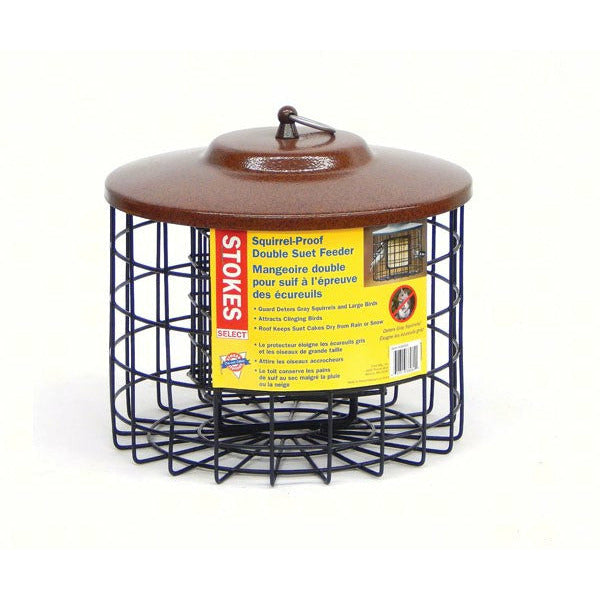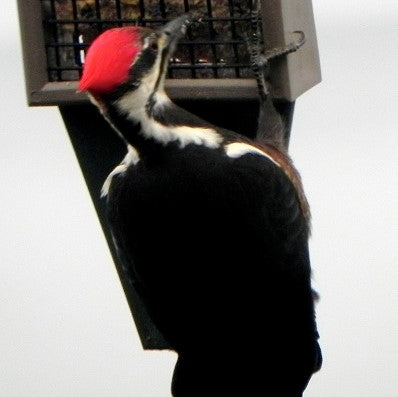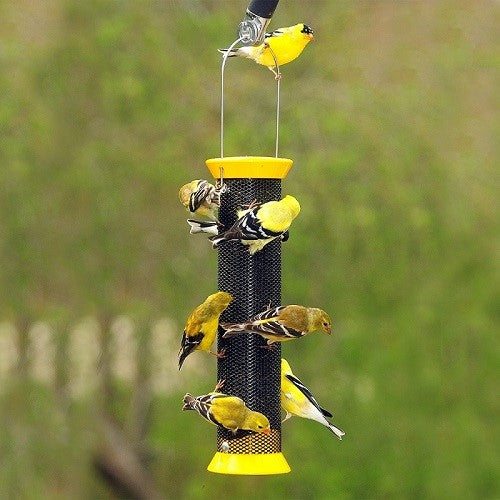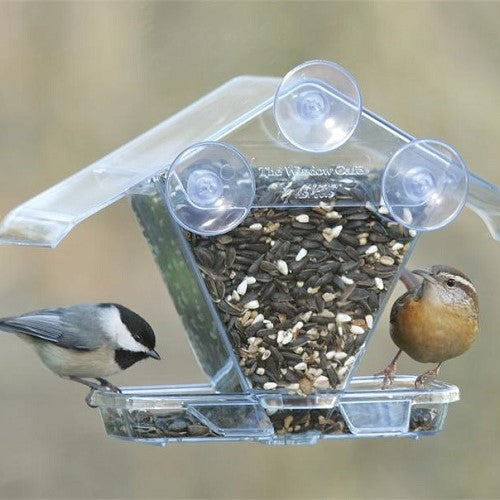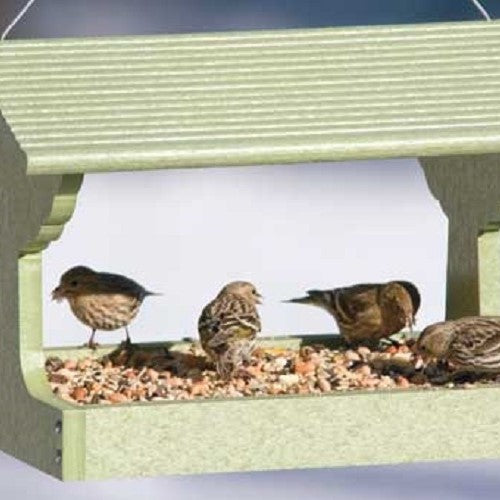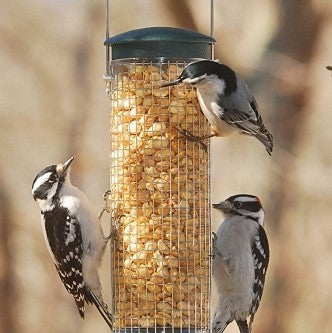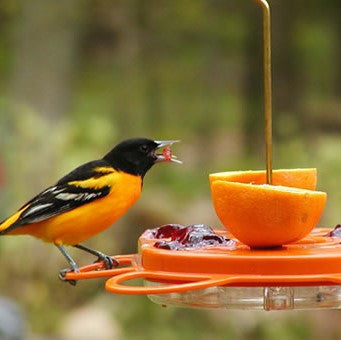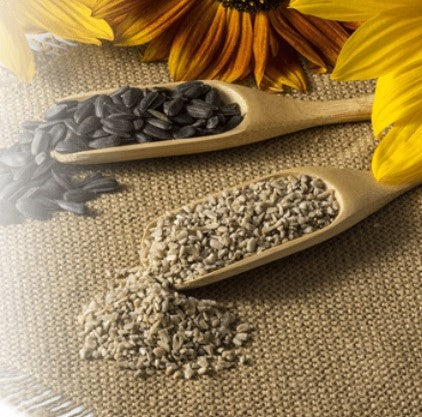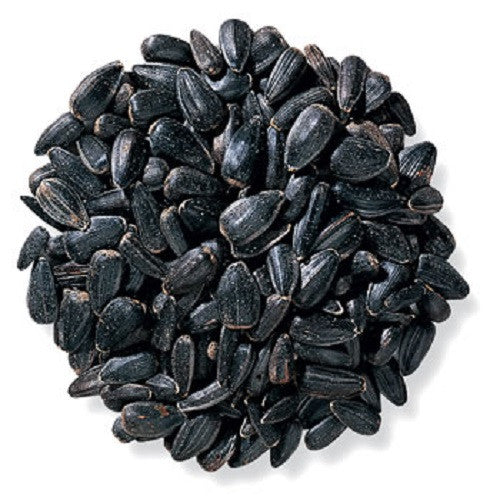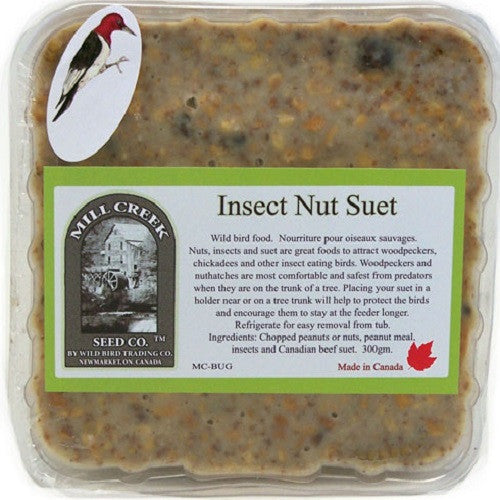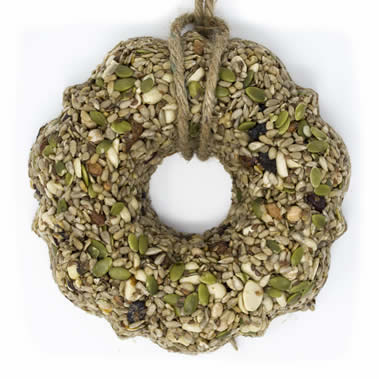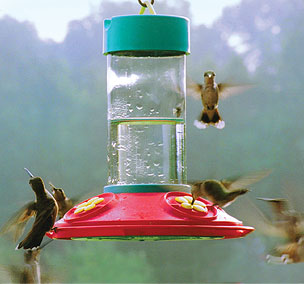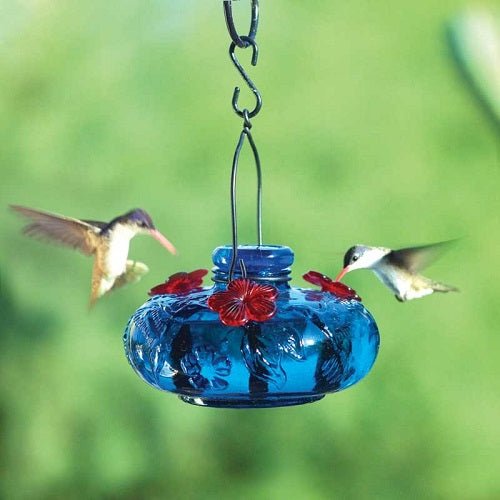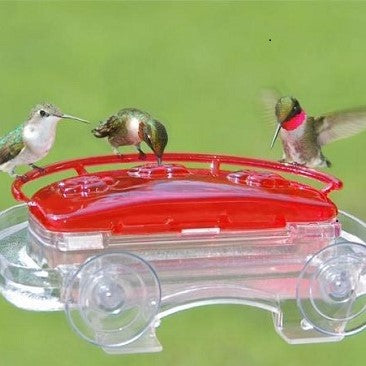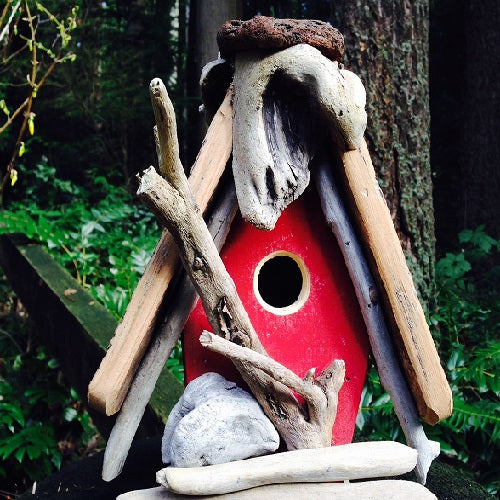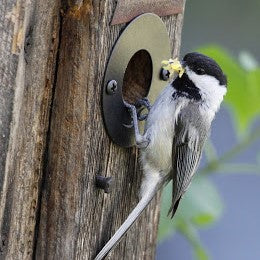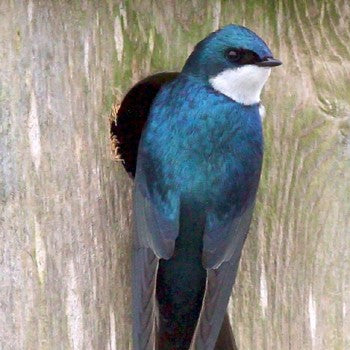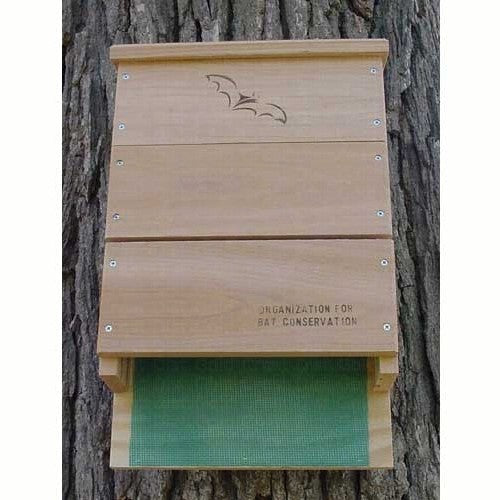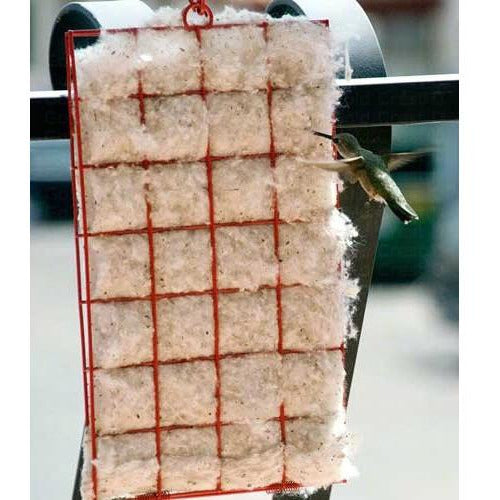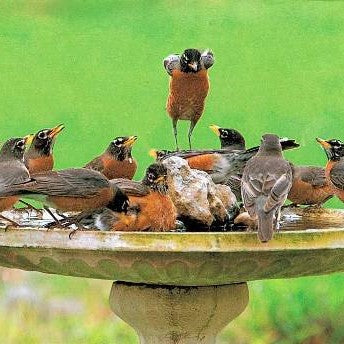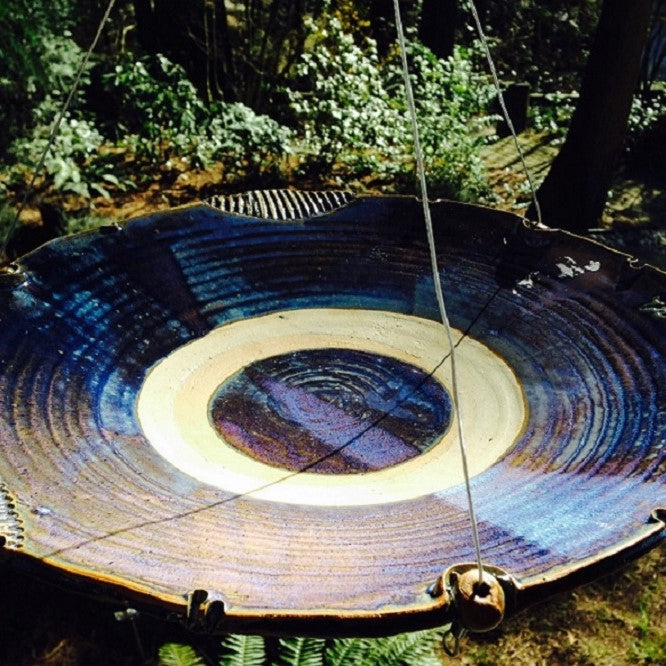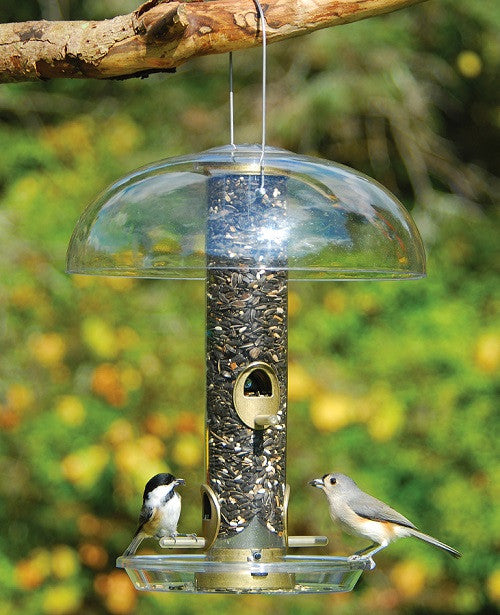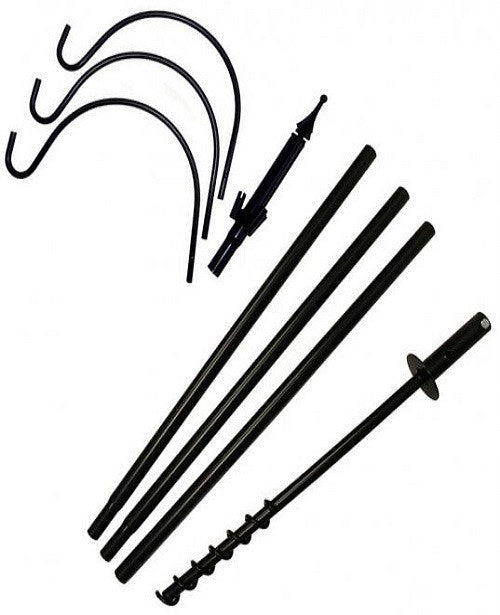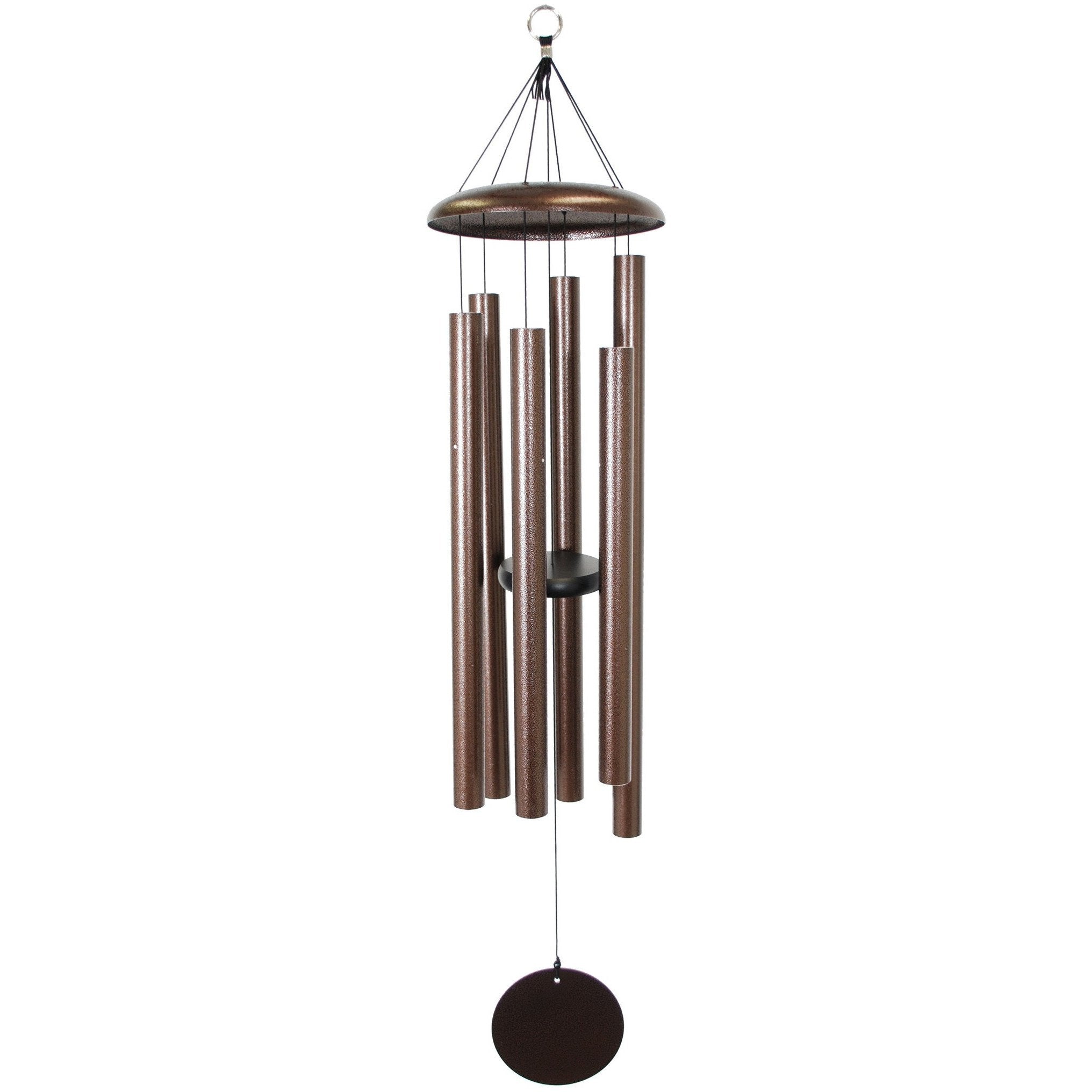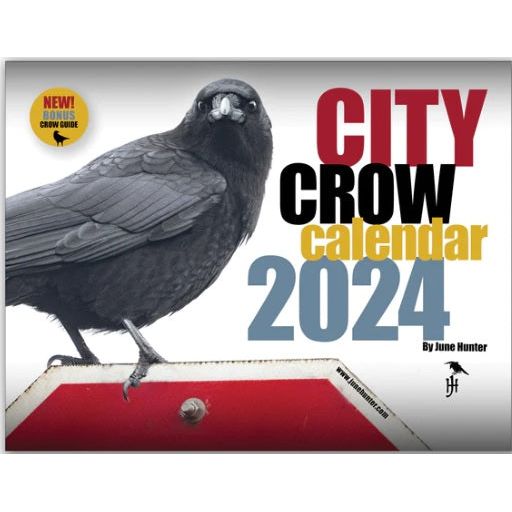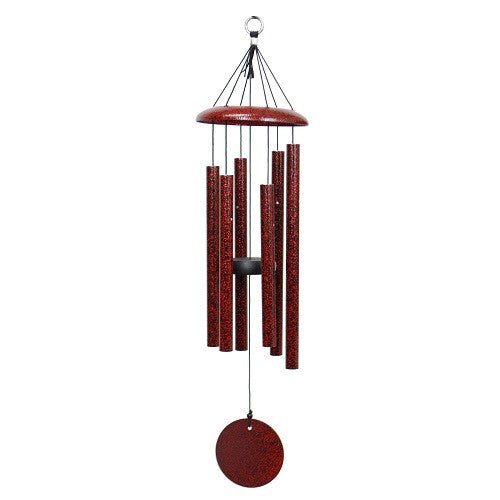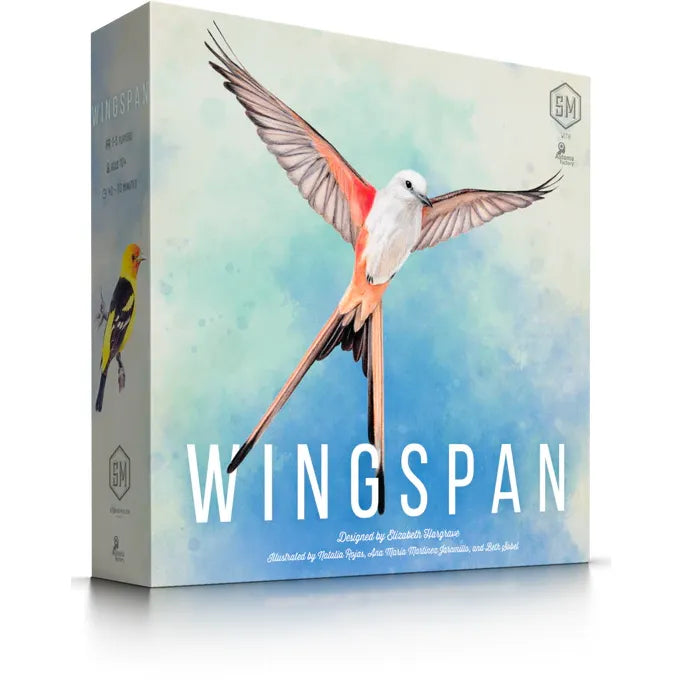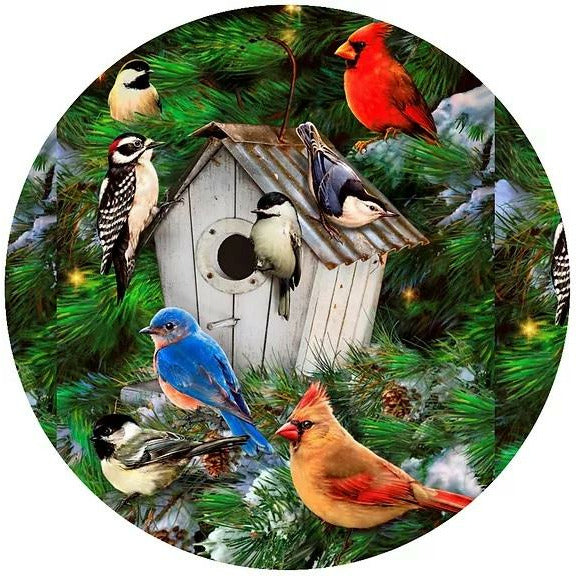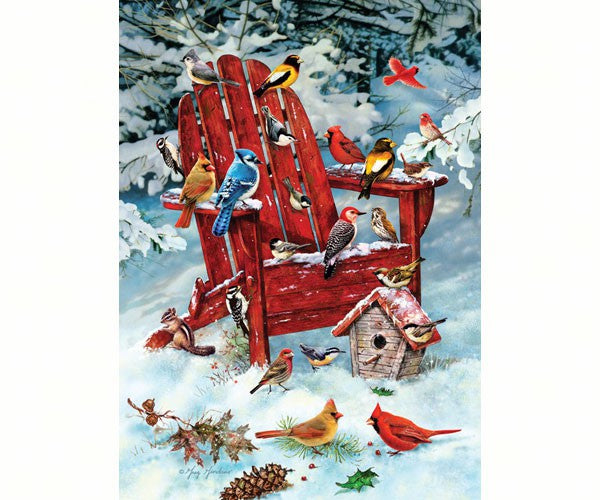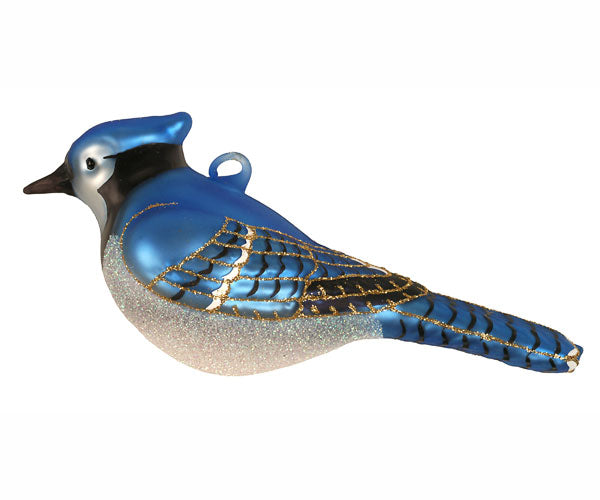Hummingbird Migration
Don’t forget to support hummingbirds during their migration! Ruby-throated hummingbirds, among other species, are not well-adapted to the cold. The adult males begin migrating south again toward warmer climates as early as mid-July. More males and females will begin their migration journey shortly thereafter. The peak time period for southern migration occurs in late August and early September. Up to twice as many hummingbirds will take part in the southern migration since recently hatched immature birds will be included in this migration.
How can you make a difference? Keep your hummingbird feeders clean and full. Having several hummingbird feeders available will also allow more hummingbirds to feed at the same time, since hummingbirds are solitary birds that appreciate feeding by themselves. Young and immature birds will be prompted by instinct to feed heavily to put on a lot weight to carry them through their journey.
The following information comes from www.hummingbirds.net:
"Unlike the Rufous and other hummingbirds of the western mountains, where freezing nights are common even in summer, Ruby-throats aren't well adapted to cold temperatures; they have a tough time below the mid-20s (F), and don't enter torpor as regularly as their western cousins to conserve energy. To avoid the cold, and the scarcity of food when flowers stop blooming and insects stop flying, they go south. Some adult males start migrating south as early as mid-July, but the peak of southward migration for this species is late August and early September. By mid-September, essentially all of the Ruby-throated at feeders are migrating through from farther north, and not the same individuals seen in the summer. This is difficult to see, since they all look alike, but has been proven by banding studies. The number of birds migrating south may be twice that of the northward trip, since it includes all immature birds that hatched during the summer, as well as surviving adults.
For a hummer that just hatched, there's no memory of past migrations, only an urge to put on a lot of weight (see above) and fly in a particular direction for a certain amount of time, then look for a good place to spend the winter. Once it learns such a route, a bird may retrace it every year as long as it lives. The initial urge is triggered by the shortening length of sunlight as autumn approaches, and has nothing to do with temperature or the availability of food; in fact, hummingbirds migrate south at the time of greatest food abundance. When the bird is fat enough, it migrates. It's not necessary to take down feeders to force hummingbirds to leave, and in the fall all the birds at your feeder are already migrating anyway. If you remove your feeder, birds will just feed elsewhere, but may not bother to return to your yard the next year. I recommend continuing to maintain feeders until freezing becomes a problem.
Many people notice that adult males migrate earlier than females, because in the last month or so there may be no birds with red throats at feeders. However, remember that immature Ruby-throats of both sexes look much like their mothers. Young males often have a "5 o'clock shadow" of dark throat feathers in broken streaks, and many develop one or more red gorget feathers by the time they migrate. Immature females may have much lighter streaks in their throats, but no red.
There is evidence that fewer Ruby-throats cross the Gulf in fall than in spring, most instead following the Texas coast back into Mexico. Perhaps the hurricane season is a factor, and the genes of many birds with a tendency to fly over water were lost at sea during storms.
We still have many more questions than answers about hummingbird migration. Until technology provides radio transmitters small enough for a 3-gram hummingbird to carry safely, banding is the best tool to collect data on individual birds. But since only a few dozen people in North America - almost all of them amateurs like me - are licensed to handle hummingbirds, progress is slow and the odds of recapturing a banded bird are very low."


